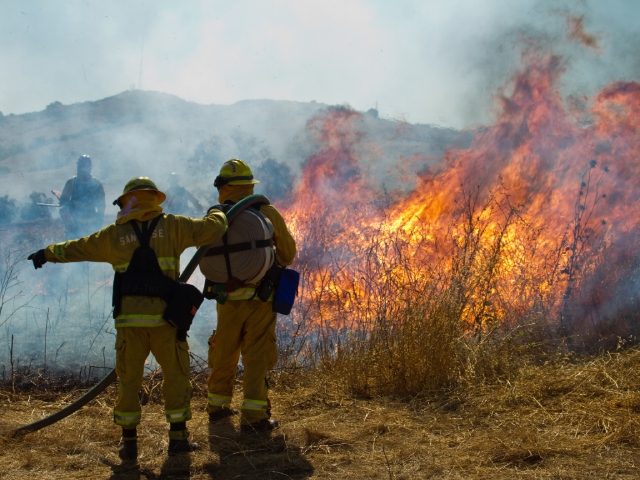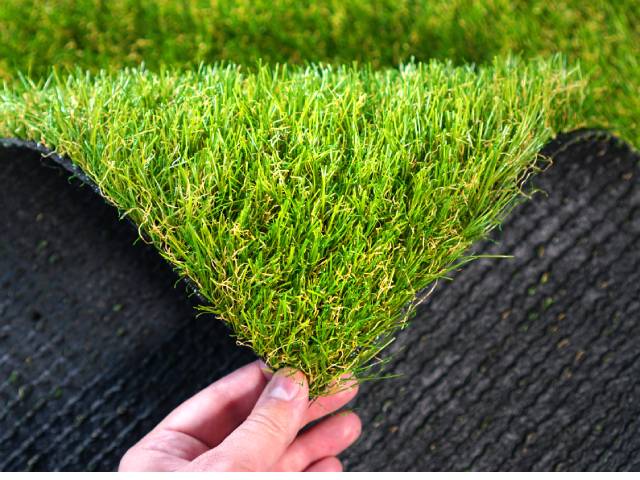

BEIJING, Dec. 29 (Xinhua) — The following is a summary of published science and technology news of China.
METEORITE IMPACT
A Chinese research team has found that a meteorite hit the moon about one million years ago through data sent by the Chang’e-4 probe, according to the Chinese Academy of Sciences (CAS).
The impact event is believed to be related to carbonaceous chondrites, a water-rich class of asteroids, according to Liu Yang from the National Space Science Center under the CAS. Carbonaceous chondrites are thought to be among the oldest objects in the solar system and are rich in water and organic matter.
The research team estimated that the impact event happened up to one million years ago — a short time compared to the moon’s geological time scale since its formation and roughly equivalent to a few minutes ago in a person’s lifetime.
SNOW COVER DATASET
Chinese researchers have generated a 38-year high-resolution snow cover dataset spanning from 1981 to 2019.
Snow cover is closely connected with climate. Owing to snow’s unique high albedo, it can greatly affect surface radiation and thereby climate systems. Changes in climate in turn affect global and regional snow cover, according to the research article published in the journal Earth System Science Data.
The snow cover dataset has a spatial resolution of 5 km and a daily temporal resolution. Analysis based on snow cover data on the ground and high-resolution remote sensing images showed that the overall accuracy of the dataset reached 86.1 percent, higher than that of currently existing advanced super high-resolution radiometer products.
ALGAE SURVIVAL EXPERIMENT
Chinese researchers have demonstrated that algae can survive in a Mars-like environment during four experiments since 2019, raising the hope that mankind might be able to turn the barren planet into an earth-like green one in the future.
In a seven-hour experiment which took place in September this year, algae were carried by a helium balloon to an altitude of 30,000 meters and survived for four hours in lower than minus 30 degrees Celsius with intense ultraviolet light and oxygen deprivation.
The research team from the Institute of Hydrobiology under the CAS conducted the four experiments in north China’s Inner Mongolia Autonomous Region and northwest China’s Xinjiang Uygur Autonomous Region, proving that algae are robust. But further experiments are also needed to learn whether the species can grow or even multiply on the surface of Mars.
24World Media does not take any responsibility of the information you see on this page. The content this page contains is from independent third-party content provider. If you have any concerns regarding the content, please free to write us here: contact@24worldmedia.com

A Brief Look at the History of Telematics and Vehicles

Tips for Helping Your Students Learn More Efficiently

How To Diagnose Common Diesel Engine Problems Like a Pro

4 Common Myths About Wildland Firefighting Debunked

Is It Possible To Modernize Off-Grid Living?

4 Advantages of Owning Your Own Dump Truck

5 Characteristics of Truth and Consequences in NM

How To Make Your Wedding More Accessible

Ensure Large-Format Printing Success With These Tips

4 Reasons To Consider an Artificial Lawn

The Importance of Industrial Bearings in Manufacturing

5 Tips for Getting Your First Product Out the Door